Operation and Maintenance
In 2009 a small-scale oyster reef experiment was set up at the mudflat of Viane in the Eastern Scheldt to investigate the feasibility of oyster reefs for shore and shoal protection. Viane is an exposed intertidal area that is subject to severe erosion. The experiment showed that living oyster reefs can contribute to shoal protection, because (1) the gabions with oyster shells proved to be a stable substrate, (2) oyster larvae settled on the oyster shells and grew fast the next year, and (3) sedimentation and reduced erosion was observed behind the reefs (see first figure on this page). In 2010, the experiments were scaled up to three large reefs of 200 x 10 m (see construction). Their effectiveness is discussed below.
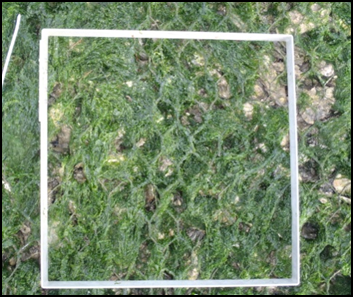
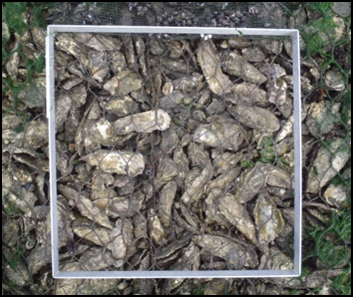
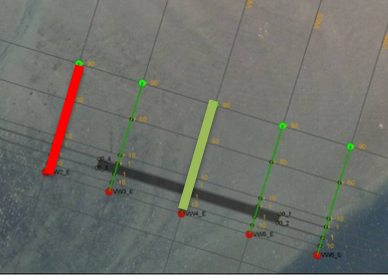
The artificial reefs
Similar to the small-scale experiment, the gabions proved successful in holding the oysters in place. When recently the first holes appeared in the structure, only a few shells or oysters were lost, because loose elements had mostly been fixed by new recruits. In some places, especially in the most dynamic areas, the reefs are covered with shells, macroalgae and sand, which hampers oyster settlement and growth. Based on two years of experience, both settlement and growth seem to be generally sufficiently high to achieve a persistent natural reef. Recruitment and growth of the oysters on artificial reefs can be optimised by carefully positioning the artificial reefs relative to the low water line. Grazing experiments with snails (periwinkles, Littorina litorea ), revealed that these herbivores keep macroalgae to overgrow the reefs (Walles et al., unpublished). Some organisms may benefit from artificial reefs. An experiment with seagrass demonstrated that the more sheltered conditions behind the reef may be beneficial to this endangered species.
Effects on surrounding
The large-scale oyster reefs reduced the erosion rate of the intertidal flats they were meant to protect. A comparison between the morphological changes over a period of 20 months in transects with (green line) and without (red line) an oyster reef reveals an average erosion of 5.9 cm and an average accretion of 0.1 cm, respectively (see the figures below).
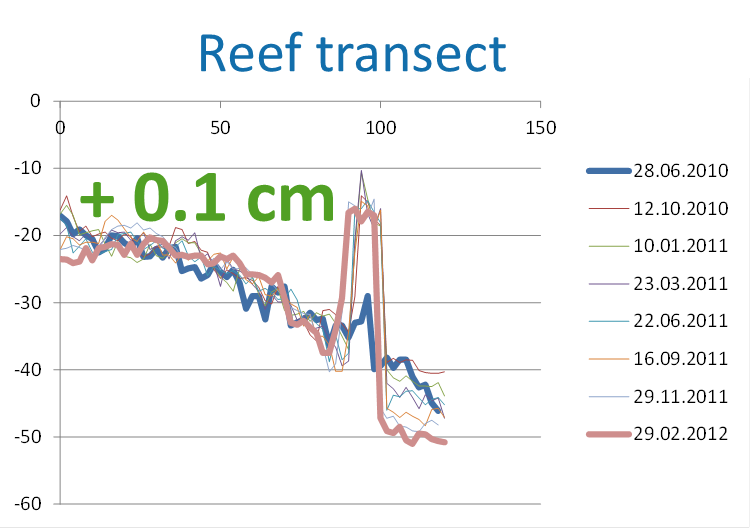
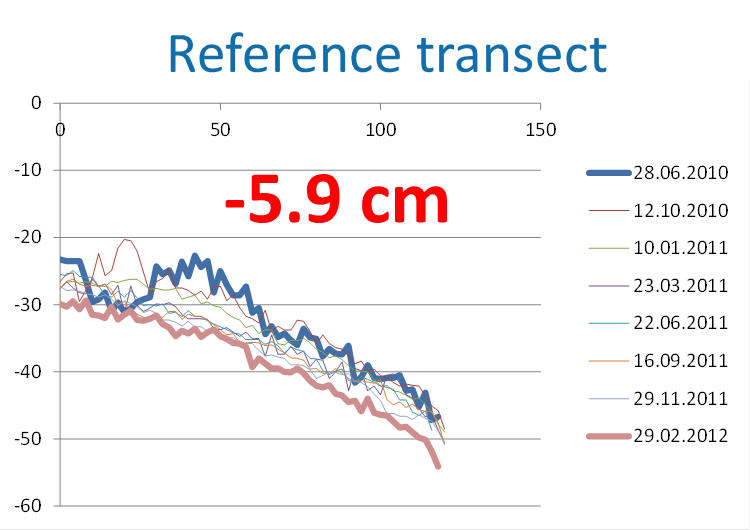
The oyster reefs are also effective in wave attenuation. In the graph, blue dots indicate the wave height in front of the oyster reef and green dots wave heights behind the oyster reef. The area between the red lines indicates the depths at which wave action causes the sediment to move. The figure therefore reveals that the overall wave height decreases at the oyster reef and especially at water depths at which the waves would otherwise stir sediment.
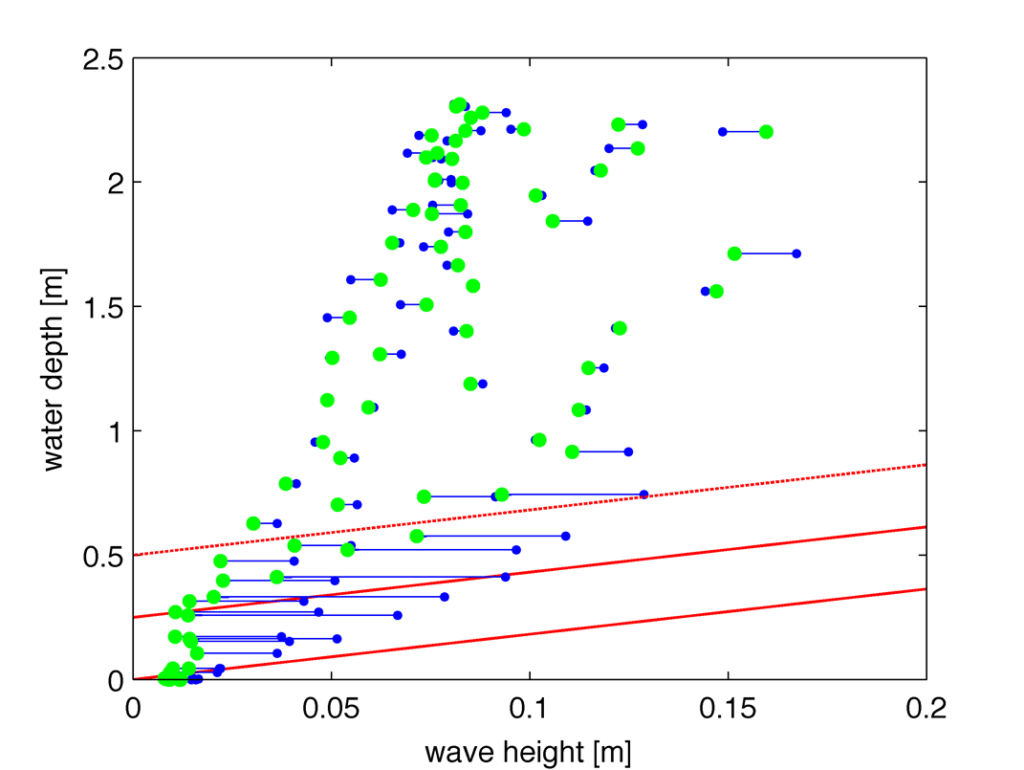
These are preliminary conclusions, drawn after the experiments have been running for two years. For final conclusions the experiments will need to continue for at least another three years. Only then we can conclude whether the settlement and growth of oysters is sufficient to ensure the survival of the reefs in a dynamic environment like the Eastern Scheldt. The rusting of the gabions may constitute a threat to the survival of the reef under severe conditions such as storms and high flow velocities.
